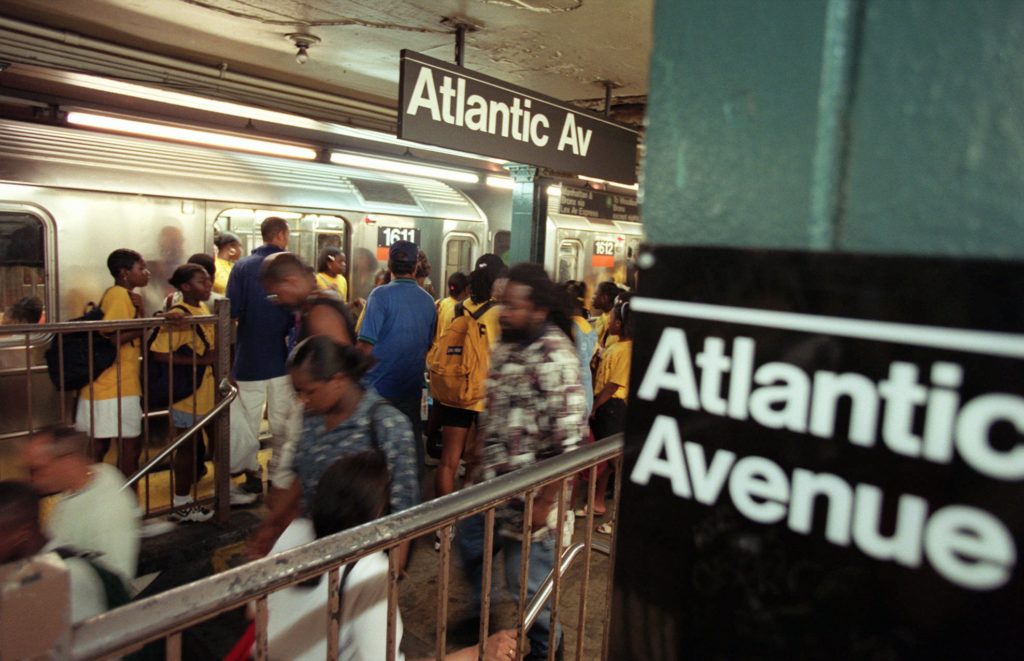State lawmakers call for borough reps on MTA Board

A pair of lawmakers from Queens and Brooklyn have sponsored a bill that would add representatives from each of the five boroughs to the MTA board, potentially codifying a proposal from a candidate for Queens borough president ahead of the March 24 special election.
Queens Assemblymember Aravella Simotas and Brooklyn State Sen. Andrew Gounardes introduced legislation to enable each New York City borough president to appoint one MTA board member on Jan. 24, a few days after Councilmember Costa Constantinides suggested the plan on the campaign trail.
County executives from seven counties outside New York City currently appoint one representative each to the 21-member MTA board. The mayor of New York City appoints four others. But borough presidents — the equivalent of county executives in New York’s other 57 counties — have no role in the appointment process, though New York City accounts for the vast majority of MTA customers.
